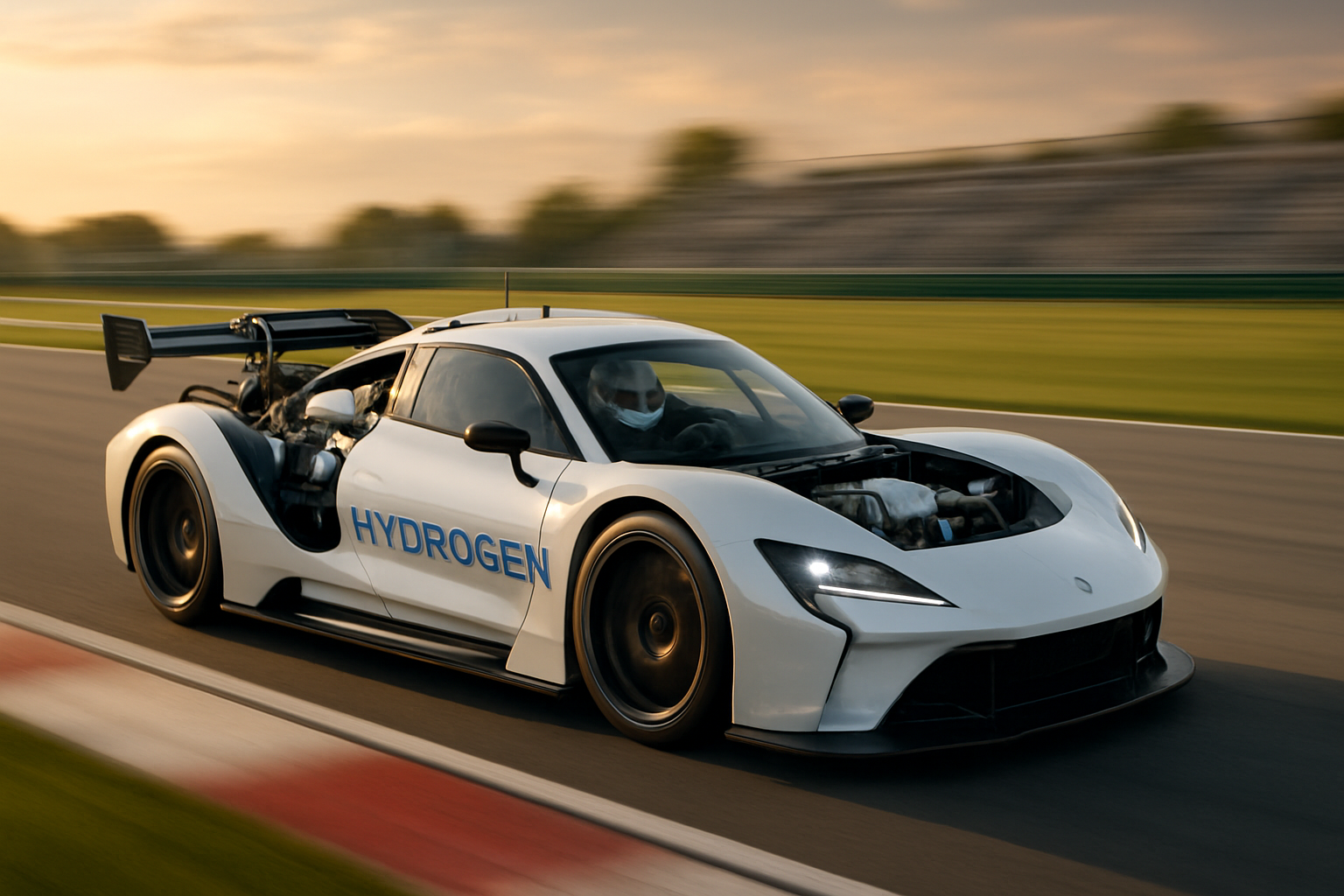Thermal Management in High-Performance Racing
Mastering the art of heat control in motorsports engineering The roar of engines, the smell of burning rubber, and the intense heat radiating from high-performance racing machines – these are the hallmarks of professional motorsports. Yet behind the scenes, a critical battle rages not just between drivers, but against an invisible enemy: heat. Thermal management in high-performance racing is a complex dance of engineering prowess and innovative solutions that can make the difference between victory and defeat on the track.

Evolution of Cooling Systems in Motorsports
The history of thermal management in racing is as old as the sport itself. Early race cars relied on simple air-cooled engines or rudimentary water-cooling systems. As engines became more powerful, so did the need for more sophisticated cooling solutions. The 1950s and 60s saw the introduction of dedicated radiators and oil coolers, while the 70s and 80s brought about computerized thermal management systems. Today, racing teams employ a multi-faceted approach to heat control, utilizing advanced materials, precision engineering, and cutting-edge technology.
The Science of Heat Transfer in Racing
At its core, thermal management in racing is about efficient heat transfer. This involves three primary mechanisms: conduction, convection, and radiation. Racing engineers must consider all three when designing cooling systems. Conduction occurs through solid materials, such as engine blocks and radiators. Convection relies on fluid movement, like coolant circulation and airflow over surfaces. Radiation involves heat transfer through electromagnetic waves, which is especially important in managing brake temperatures and exhaust heat.
Innovative Materials Revolutionizing Heat Management
The quest for better thermal management has driven the development of new materials with extraordinary properties. Carbon fiber, once reserved for aerospace applications, is now commonplace in racing due to its strength-to-weight ratio and heat-resistant properties. Ceramic coatings are used to insulate critical components, while nanomaterials are being explored for their potential to enhance heat dissipation. Some teams are even experimenting with phase-change materials that can absorb large amounts of heat without a significant temperature increase.
Precision Engineering in Cooling System Design
Modern racing cooling systems are marvels of precision engineering. Computer-aided design and computational fluid dynamics allow engineers to model and optimize airflow and heat transfer with unprecedented accuracy. Every component, from the shape of air intakes to the placement of cooling ducts, is carefully considered. Advanced radiators use ultra-thin cores and high-density fin designs to maximize cooling efficiency while minimizing weight and size. Some teams have even developed active aerodynamic systems that can adjust airflow in real-time to optimize cooling based on race conditions.
The Role of Lubricants in Thermal Management
While often overlooked, lubricants play a crucial role in thermal management. High-performance racing oils not only reduce friction but also act as heat transfer mediums. These specialized lubricants are designed to maintain viscosity under extreme temperatures and pressures, ensuring critical engine components remain protected. Some teams use oil-air separators and dry-sump systems to improve oil cooling and prevent oil starvation during high-G cornering.
Thermal Management Beyond the Engine
Effective heat control in racing extends far beyond the engine bay. Brakes, for instance, can reach temperatures exceeding 1000°C during heavy use. To manage this, teams employ carbon-ceramic brake discs, specialized brake ducting, and even active cooling systems. Tire temperatures are another critical factor, with optimal performance often achieved within a narrow temperature window. Some racing series now allow the use of tire warmers to pre-heat tires before a race, ensuring they perform at their peak from the start.
The Human Factor: Keeping Drivers Cool Under Pressure
In the pursuit of speed, it’s easy to forget that there’s a human being inside the cockpit. Driver cooling systems have become increasingly sophisticated, employing everything from ventilated suits to helmet cooling systems. Some high-end racing cars even use seat cooling technology borrowed from the aerospace industry. These systems not only ensure driver comfort but also help maintain focus and reaction times in the physically demanding environment of a race car.
Future Frontiers in Racing Heat Management
As racing continues to push the boundaries of performance, thermal management will remain at the forefront of engineering challenges. Emerging technologies like thermoelectric generators, which can convert waste heat directly into electricity, hold promise for future applications. Advanced simulation tools and machine learning algorithms are being developed to predict and optimize thermal behavior in real-time during races. Some visionaries even speculate about the potential use of metamaterials to control heat flow in ways previously thought impossible.
The world of high-performance racing thermal management is a testament to human ingenuity and the relentless pursuit of excellence. As we look to the future, one thing is certain: the battle against heat in motorsports will continue to drive innovation, pushing the boundaries of what’s possible in automotive engineering and beyond. For racing enthusiasts and engineers alike, the coolest advancements in thermal management are yet to come.





